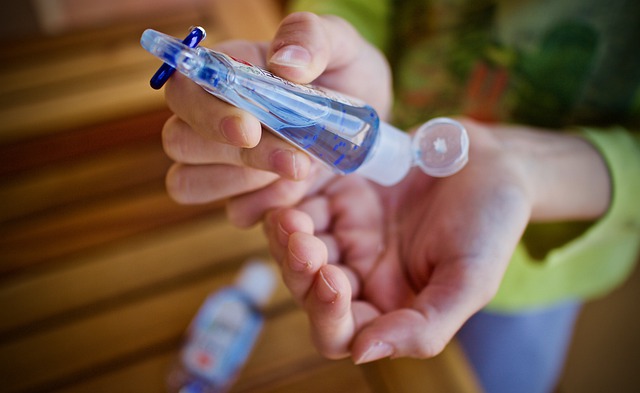The novel coronavirus has left many researchers and scientists scratching their heads, trying to figure out exactly why it affects who it affects in the ways it does. Not only does the public need to consider what their risk is of catching COVID-19, but also how it will affect them if they do contract it.
Here are some examples of how the virus spreads, and who it may impact most:
Jessie lives with five other students in a student residence and likes to meet up with friends to study and socialise. She is a 21-year-old student with a high risk of catching or spreading COVID-19 and a low risk of being seriously ill with it.
Her chance of catching COVID-19 increases the more that she and her roommates socialise with others. This is because the virus is transmitted by close contact with someone who has it. A person who is asymptomatic is also able to spread it.
The virus travels by way of tiny spit droplets, which spread through the air when we talk or simply breathe. They can land on a variety of surfaces and this may affect Jessie, as she works at a bar in the evenings and part of her job entails collecting glasses others have been drinking out of.
This is why it is important to make use of a good hand sanitiser or wash hands regularly, and also to ensure to keep your mask on unless necessary to take off – such as while eating – when out in public.
Not everyone Jessie will come into with will have COVID-19, but being in a poorly ventilated space for an extended period of time still increases the risk of contracting the virus.
Combining her active social life with the risk her place of work poses increases Jessie’s chances of catching the virus.
She also has asthma, but it is well controlled. So theoretically, she should not get too ill even if she contracts COVID-19. Most young people experience mild or no symptoms, while some recover from a mild bout and develop long-term complications such as long COVID.
Chrizelda is a 52-year-old nurse who works part-time at a medical ward at her local hospital. She commutes to work using the bus, and looks after her grandchild on her days off. Her husband Lester is a taxi driver. She has a high risk of catching or spreading, and a medium risk of being seriously ill.
Chrizelda’s age puts her at risk for contracting the virus, but her ethnicity does as well. Individuals who are black, Asian or from other ethnic minority backgrounds are disproportionately affected by COVID-19 as this is often linked to where they live.
As both her and her husband interact with others on a daily basis as a result of their occupations, both their risks of contracting the virus are increased.
She worries about infecting her patients, co-workers and family on a daily basis, as well as catching the virus herself. Simple measures such as regular washing and sanitisation of hands and wearing a cloth mask can reduce her risk of becoming ill.
John is a 75-year-old retired teacher with a low risk of spreading/catching the virus, but is at high risk for becoming very ill with it.
He lives alone in his own apartment and only interacts with his son, who he sees once per week. John is overweight and has a heart condition, and this alone makes him a high-risk if he catches COVID-19.
Generally, the chances of getting seriously ill with the virus increases with age. Being male also increases John’s risk, and some of the most severe cases have been among the elderly with co-morbidities.
According to a study conducted by the UK government, between one and three in every hundred people diagnosed with COVID-19 need hospital treatment. Of that small group, a fifth require intensive medical care, and of this proportion, half have died.
The real risks could be even lower because there are lots of undiagnosed people who never develop symptoms. Doctors now also have a better understanding of the disease and how to treat it.
Some risks, such as your age, you can’t change, but there are things you can do to minimise your risk of catching and getting very sick with the virus:
- Maintain a healthy weight and stay as physically fit as you can
- Limit the number of people you come into contact with, eg avoid peak travel
- Sit/stand side-by-side or behind other people, rather than facing them
- Meet people outdoors, rather than indoors
- Keep interactions brief
- Wear a face covering on public transport, in shops or crowded indoor places
- Increase ventilation indoors if you have visitors – open a window
- Avoid loud talking or singing with others
Picture: Pixabay

